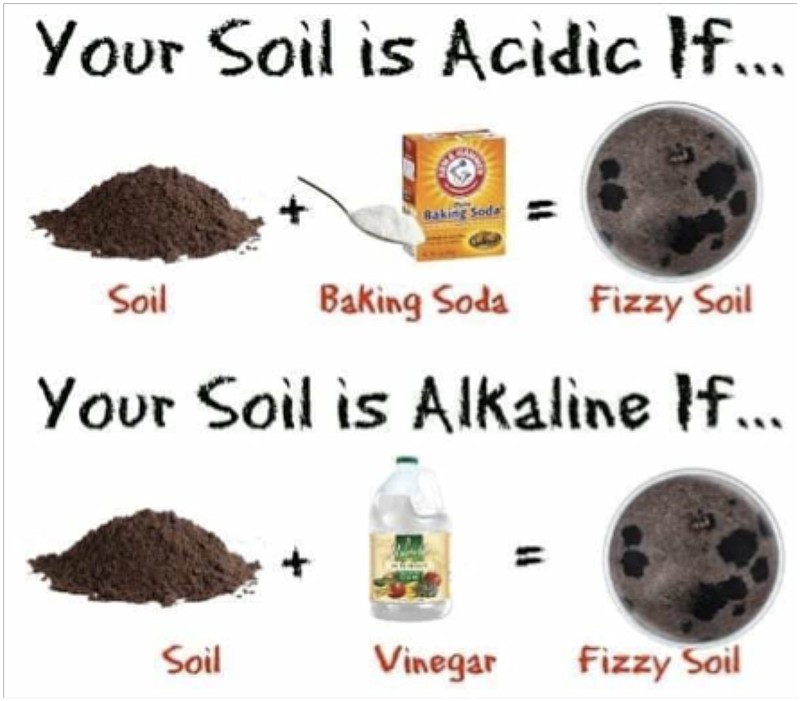Q: Some tulips I planted last fall are looking great. Is there anything I can do so they come back nice again next year? I had tried them three years ago in the same bed and it seems they all rotted. So this time I didn’t plant them as deep, only 3 inches or so. Did that make the difference?
A: On the depth of planting, you made a good choice as Missouri Botanical Garden said “plant bulbs 4 to 6 inches deep (three times the depth of the bulb) in fall. In heavy clay soils, a slightly shallower depth is best.”
To aid them in coming back next year, remove the flower stalks immediately after the petals fall off. Do not remove the foliage until it yellows. Fertilizing in the spring and fall is the most important. Having them mulched and with adequate moisture while growing will help the bulbs to be more robust, as will a full sun location.
Now for the bad news, tulips often don’t come back well in Missouri. Typically fewer return each year and the size of blooms lessens. The type of tulip is also important. “Species” tulips are more reliable to come back. These are tulips of a given species and not a hybrid between two different species. Another characteristic to look for are those marked good for "naturalizing" or “perrenializing.” Some hybrids come back better than others, and for that all the Darwin Hybrids in red, rose, orange, yellow and two-tone colors are good. For better or worse, most folks get enamored by the pretty colors and don’t consider the following years when making their choice! And many gardeners find it easier to just grow them as annuals, planting new bulbs each fall.
Q: Does planting herb or spice seeds like dill, fennel, coriander or caraway work OK?
A: While you are welcome to try it, don’t plan on them growing. Spice companies have the option to reduce or eliminate microbes in the various powders, seeds and other plant material sold as dry product. Heat treatment is common as is irradiation. While the treatments have minimal effect on the flavoring aspect of the product, they would often result in seeds losing their viability or ability to germinate.
Q: My plums didn’t flower this year at all, and my apricots only did a little. The peaches are doing great. All three produced a nice amount of fruit last year. Is this an effect of the cold winter or the drought last summer?
A: I checked with a colleague who has more experience with commercial fruit production for this question. He replied: “We have the same situation at our school orchard in Lawrence County (MO). I am attributing the situation to winter cold damage to the blossoms.”
After the severe winter of 2013-14, my peaches flowered, but the blooms then fell off and didn’t set fruit. That was an odd response to cold damage. More typical of cold winter damage is failure to flower or the flower buds to swell, but then fall off. I have checked my peaches and the flowers are setting fruit well. I did have one call that came in from out in the country, where some flower buds were falling off but some were opening. With the severity of the winter, peaches, plums and apricots have the potential to be impacted. Fortunately, we have gotten by the typical risk period for damaging spring frosts.
Q: I saw this illustration on Facebook (see photo above). Does it make sense to do this to see what our garden’s soil is?
A: No. For a soil to respond as depicted it would need to be highly acidic or alkaline, like lower than 5 (for acidic) or greater than 9 (for alkaline). We want garden soil to have a pH between 6 and 8. A much more accurate method of accessing the pH of soil needs to be performed to accurately measure the pH of soil when it is close to neutral (pH of 7). While there are a variety of inexpensive and somewhat educational soil test kits available that work OK, for truly accurate results, we encourage gardeners and farmers to submit samples to a soil test lab. Fertilizer is expensive, so having accurate information for its use is money well spent (and good for the plants and the environment).

